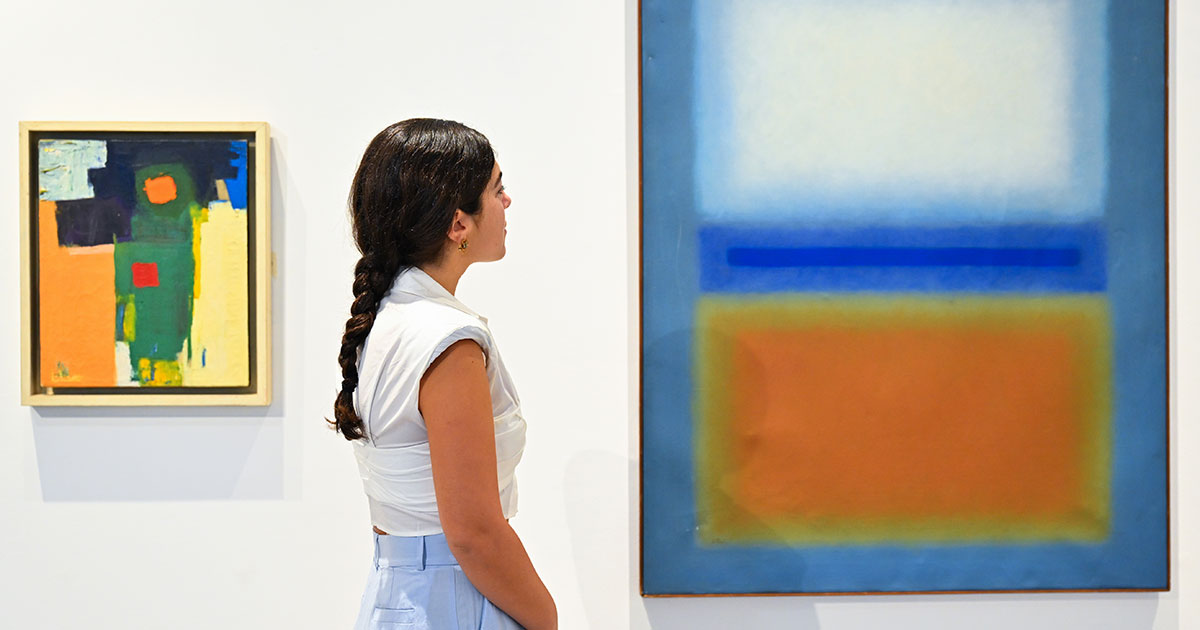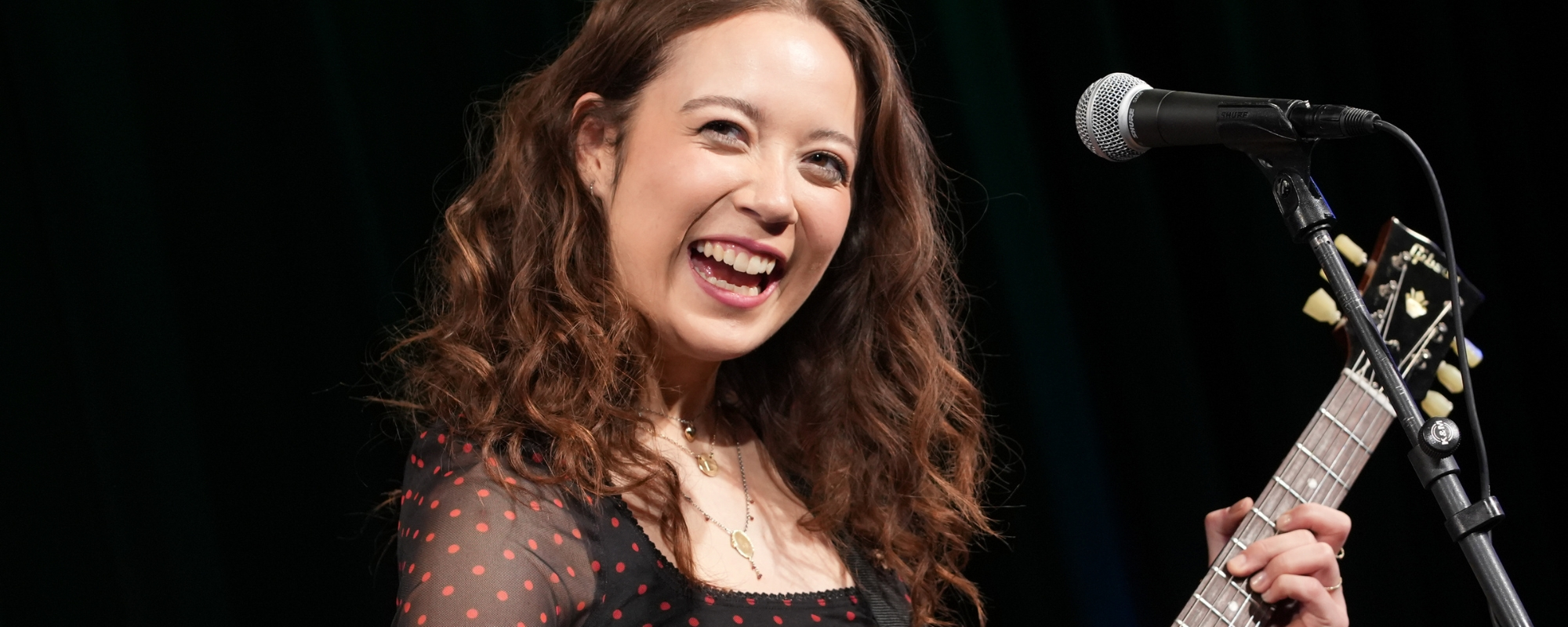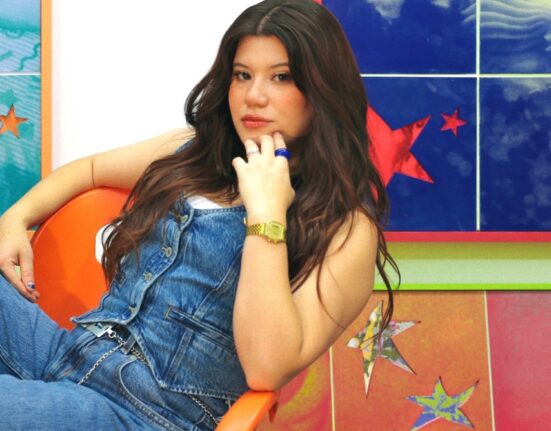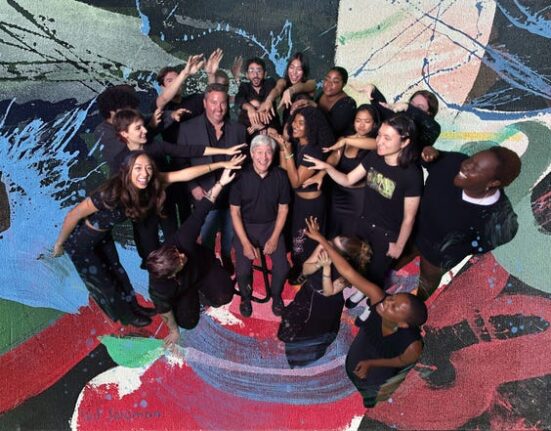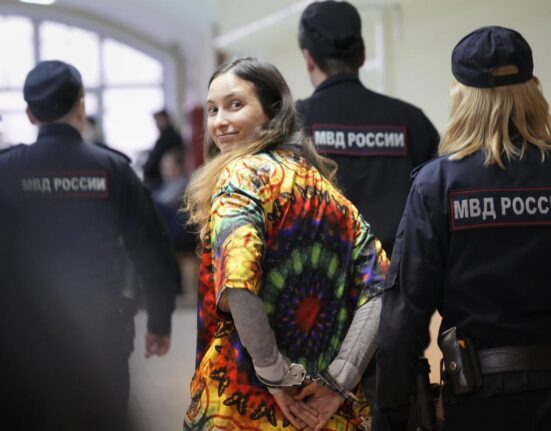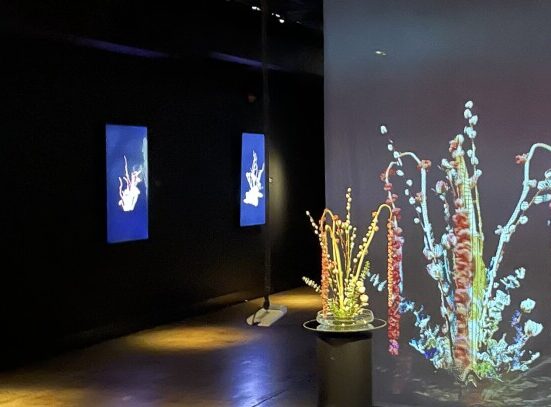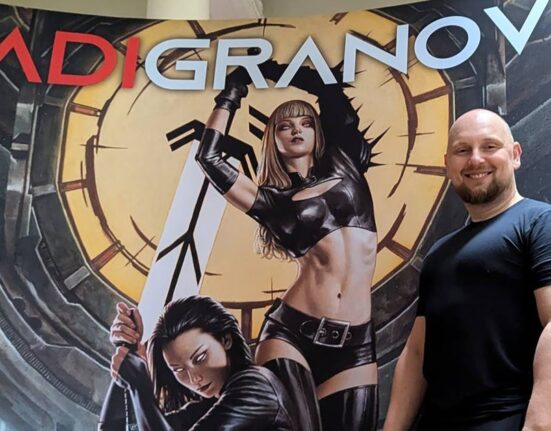Get to know the Lebanese female artists featured in ‘A Love Letter to Beirut’, the Sotheby’s auction dedicated to Lebanon.
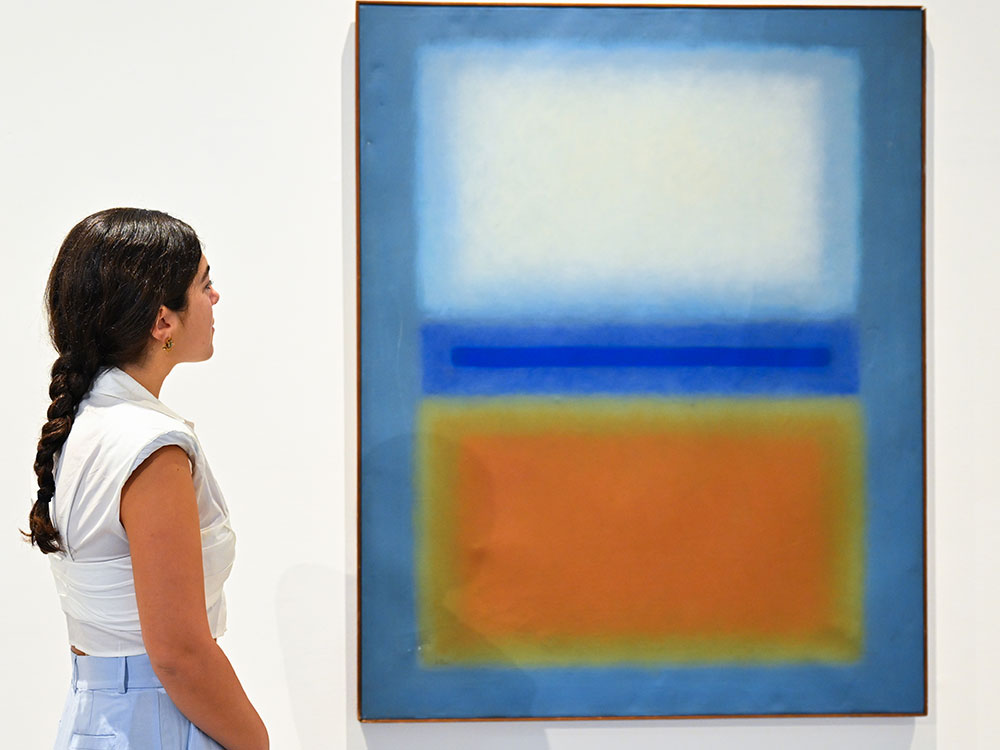
Photo: Courtesy of Sotheby’s
On Monday, Dubai witnessed the opening of a Sotheby’s exhibition, showcasing selected works from an upcoming London auction titled ‘A Love Letter to Beirut’. Celebrating the rich cultural and artistic landscape of Lebanon, the sale recognizes around 30 Lebanese artists, alongside some from Iraq, Egypt, Syria, and Palestine for their work inspired by their connection to their homeland. The artworks will be exhibited in Dubai from February 26 to March 1, before being presented in London from April 19-22, ahead of the auction on April 23.
A major highlight of the auction is the selection of Lebanese female artists, which reflects the contribution of women to Lebanon‘s creative history. “If you take a look at the make up of the sale we have put together, it becomes apparent quite quickly just how important a role women artists played in Lebanon, but also in the art scene in the wider region. We didn’t make a conscious effort to include more female artists, this is something that came about very organically and is a testament to the fact that there was such a strong female contribution from the start,” says Alexandra Roy, Sotheby’s head of sale, Modern & Contemporary Middle East. “Beirut in the 1960s was a very special place, its openness and dynamism fostered a spirit of creativity and exchange, and so from the moment the ecosystem was being built, women artists were at the heart. Together, the institutions, salons, academics, and artists, formed a cohesive movement. A lot of the artists we have here knew each other and even worked together.”
Below, learn more about the Lebanese female artists featured in Sotheby’s A Love Letter to Beirut auction
Etel Adnan
Born in Beirut in 1925, Etel Adnan pursued studies at La Sorbonne, Paris, and Harvard University, Massachusetts, before she taught philosophy at the Dominican College of San Rafael in California in the late 1950s. This is also when Adnan began to work on her first-ever paintings, which came in the form of abstract compositions. Today, she is considered one of the most internationally celebrated artists from the region and will be represented at the Venice Biennale and honored with a major retrospective at Ithra in Saudi Arabia this year.
Huguette Caland
Huguette Caland was born in Beirut in 1932, and was the only daughter of Lebanon’s first president following the country’s independence from France. Caland’s journey as a painter began later in her life after she was married and became a mother. Following her enrolment at the American University of Beirut in 1965, she studied art formally alongside her friend and contemporary Helen Khal, who is also featured in this auction. The year 1970 saw Caland make a significant move born out of her love for art, as she relocated to Paris without her family.
Helen Khal
Born in 1923, Helen Khal is a Lebanese-American painter, writer, gallerist, and critic, who moved to Lebanon from the US following her first trip to the country in the 1940s. Khal has been credited for her significant impact on Beirut’s burgeoning arts ecology, especially in the 60s and 70s, as well as helping position Beirut as an unsung capital of Arabic Modernism.
Saloua Raouda Choucair
Born in Beirut in 1916, Saloua Raouda Choucair’s prolific career spans almost six decades. A trip to Egypt in 1943, and the streets and mosques of Cairo, are what inspired Choucair’s love for art and architecture from the Islamic world early on in her career. Her work is defined by experimentation drawn from tradition, as it features two of the essential elements of Islamic design – line and curve. Today, Choucair is regarded as Lebanon’s first true modern abstract artist, and a leading radical sculptor of the Arab world.
Simone Fattal
Fattal was born in 1942, and gained recognition from local gallery shows from the 1960s to early 70s, when Beirut was frequented by intellectuals from across the region. After living through the first five years of the Lebanese Civil War, Fattal moved to Sausalito, in California’s Marin Country, where she founded the Post-Apollo Press. Fattal’s work features a multi-disciplinary practice spanning abstract and figurative sculptures, paintings, watercolors, and collages with a wide range of sources rooted deep in history. These include Sufi poetry, mythology, ancient religions, war, and conflict.
Read Next: Everything You Need to Know About the Islamic Arts Biennale Returning in 2025

